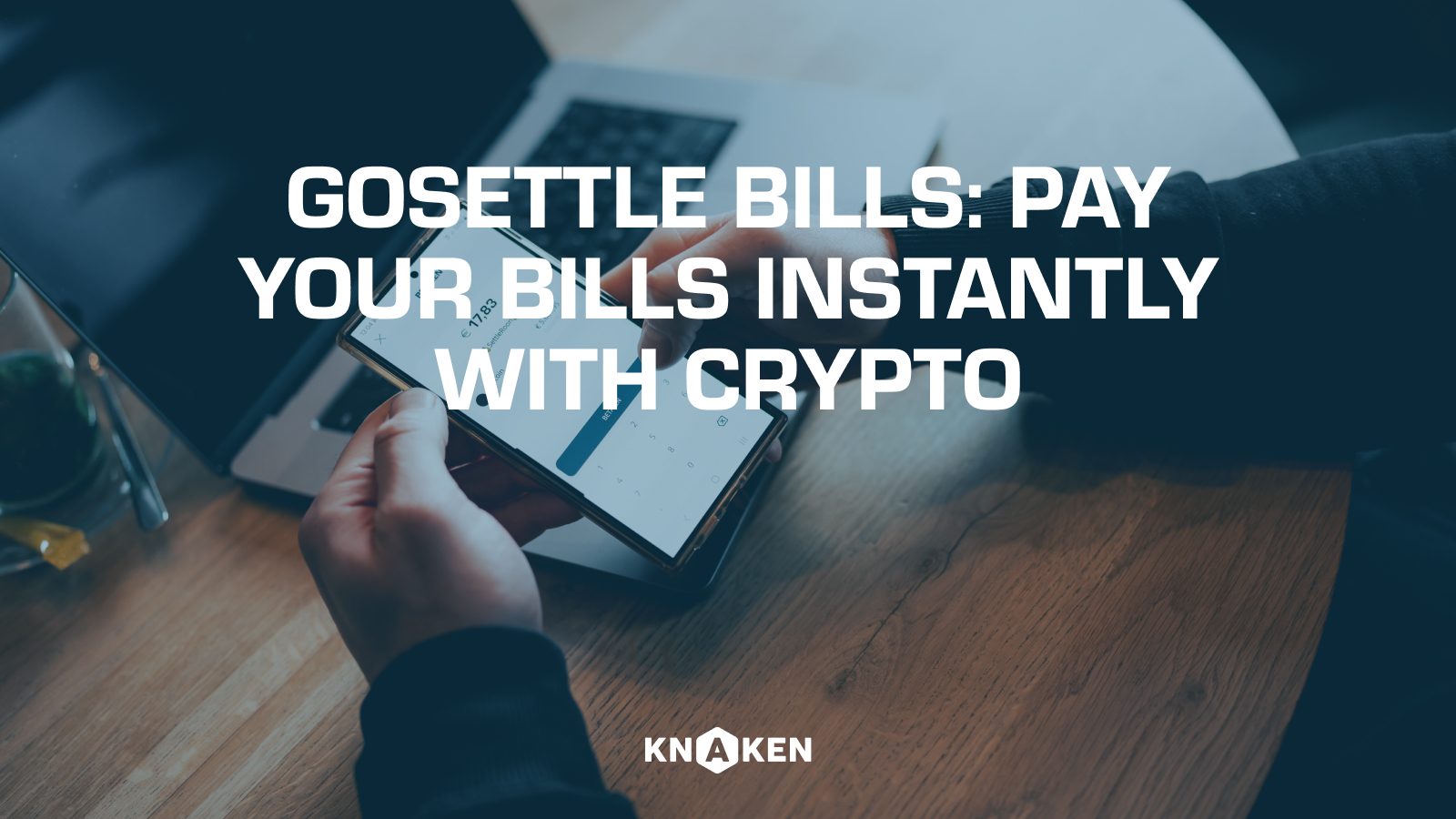Dust Attack in Cryptocurrency
Introduction to Dust Attack
A Dust Attack is a controversial and potentially harmful activity in the cryptocurrency space where an attacker sends tiny amounts of cryptocurrency, often referred to as “dust,” to multiple wallet addresses. This technique primarily serves the purpose of compromising user privacy and can lead to unwanted exposure of transactions and balances. The term “dust” refers to the minuscule, often negligible amounts of cryptocurrency that are sent, which remain unspent due to their low value.
How Dust Attacks Work
The operational mechanism of a dust attack can be broken down into several key steps:
- Transaction Broadcasting: The attacker begins by creating several transactions that each send a small fraction of cryptocurrency to multiple addresses.
- Blockchain Analysis: Once the dust transactions are confirmed on the blockchain, the attacker can leverage blockchain analysis tools to track the resulting activity of the wallets that received the dust.
- Linking Identities: By monitoring how users handle these dust amounts (whether they are sent elsewhere, combined with other amounts, or spent), the attacker can potentially link multiple wallet addresses to a single user.
- Identifying Patterns: The attacker may analyze users’ behavioral patterns, including how they deal with dust and other transactions, enhancing their ability to trace identity and financial behavior.
Goals of Dust Attacks
The primary objectives of conducting a dust attack include:
- Privacy Erosion: By linking wallet addresses, attackers can significantly reduce the privacy of cryptocurrency users, exposing their transaction histories.
- Data Accumulation: Attackers may collect valuable data on users, including their trading habits and balances, which can be used for further attacks or exploitation.
- Sybil Attacks: Dust attacks can facilitate Sybil attacks where an attacker creates numerous identities to gain a disproportionate influence over a network.
Types of Dust Attacks
Dust attacks can be categorized based on their objectives and methods:
- Transaction Graph Attacks: Focus on revealing the flow of funds across the blockchain by analyzing how dust is spent.
- Sybil Dusting: Aimed at assailing individuals or entities by creating multiple wallets linked to a targeted user.
- Smart Contract Dusting: Targets smart contracts by sending dust to addresses associated with decentralized finance (DeFi) applications.
Implications for Cryptocurrency Users
Dust attacks pose serious implications for users in the cryptocurrency ecosystem:
- Loss of Anonymity: Users may lose their ability to transact anonymously, diminishing one of the main advantages of cryptocurrencies.
- Increased Surveillance: Dust attacks may lead to heightened scrutiny from regulatory authorities as patterns of transactions become more visible.
- Potential for Future Attacks: Information gathered during a dust attack can enable more targeted and sophisticated phishing or fraud attempts.
Defensive Measures against Dust Attacks
Users can adopt several strategies to mitigate the risks associated with dust attacks:
- Do Not Interact: Discouraging any interaction with received dust transactions can prevent linking and tracing. Users often advise ignoring these small amounts.
- Utilize Privacy Coins: Cryptocurrencies that focus on anonymity, such as Monero or Zcash, can be favored to enhance user privacy.
- Use Wallets with Dust Filtering: Certain wallets come with features that automatically filter out or ignore dust transactions.
- Additional Privacy Techniques: Advanced privacy tools such as coin mixing and tumbling services can further obfuscate transaction history.
Conclusion
Dust attacks represent a significant threat to privacy within the cryptocurrency space. As the ecosystem continues to evolve, understanding and mitigating the implications of such attacks becomes crucial for preserving user anonymity and security. Through a combination of awareness, defensive strategies, and the use of privacy-enhancing technologies, cryptocurrency users can better protect themselves against the detrimental effects of dust attacks.
Further Reading
For more information on dust attacks and cryptocurrency privacy, users can explore various resources:
- Cryptocurrency Privacy Practices
- Advanced Blockchain Analysis Techniques
- Recommended Wallets for Enhanced Security


















